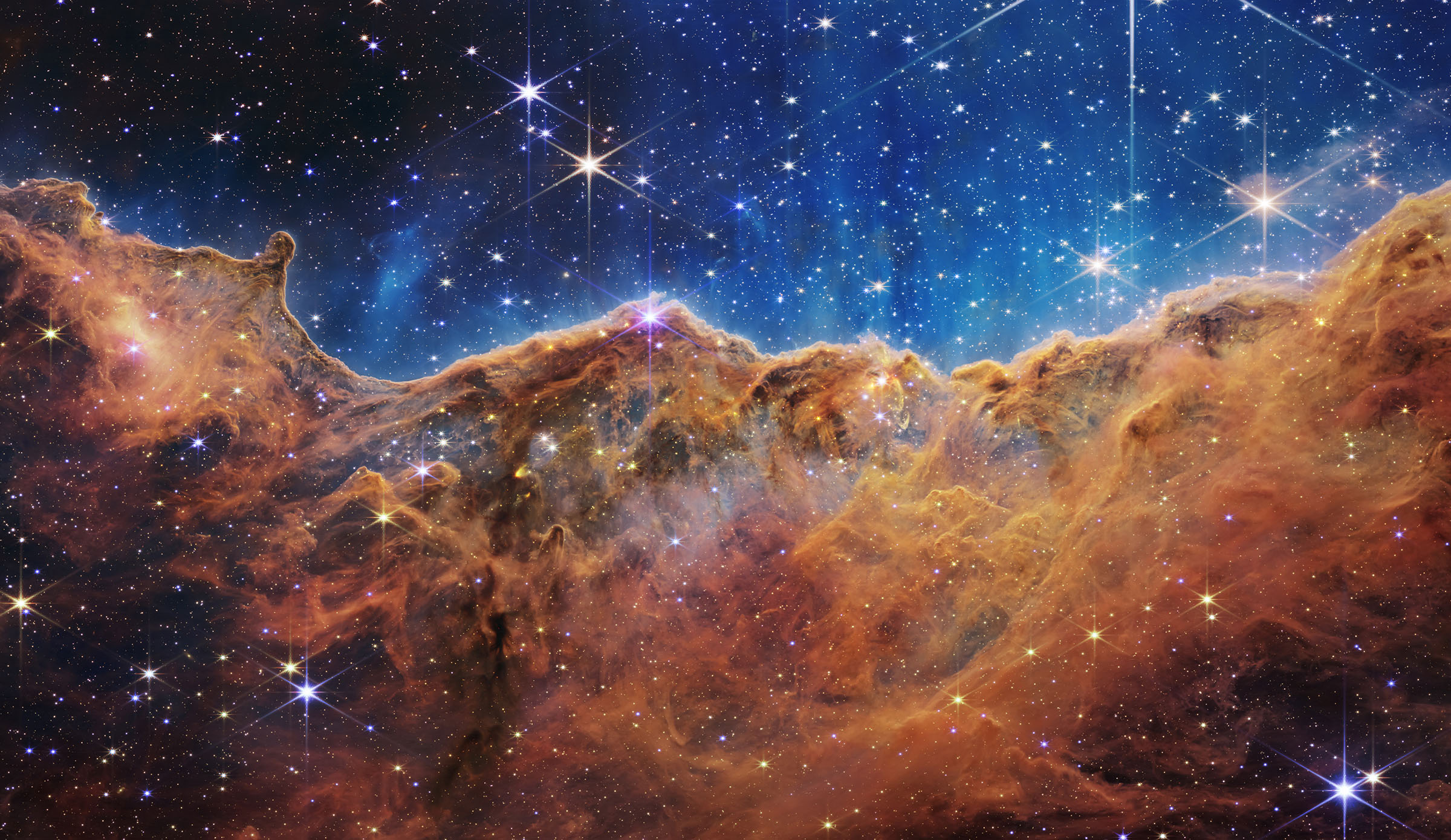A new model could not only provide evidence of a dynamic form of dark energy, but it could explain strange radiation signals from the early universe. A new model described in a paper featured on the arXiv preprint database suggests that evidence of one of the biggest mysteries of the universe, dark energy, could have already been discovered.
Scientists have long theorized that our universe is dominated by dark energy, a strange and mysterious entity that appears to be accelerating our universe. It’s a bit of a “cosmic conundrum” for scientists, as Space.com explains. The conundrum is because nobody really knows what dark energy is. As a result, scientists have spent decades creating models to try to explain what it is and how it works.
According to this new research, though, we may have already discovered evidence of dark energy in the radiation energy emitted when the very first stars began to appear in our early universe. According to this new model, when the first stars and galaxies began to coalesce and evolve, strange radiation energy appeared in the universe.

The belief is that this energy is the first evidence of dark energy in our universe. It was this radiation that helped the universe evolve from the thin fog of hydrogen and helium gas that it used to be and formed the first galaxies and stars, which would then continue evolving. The theory that the researchers have posited is that the dynamic energy seen moving during this period of our universe was dark energy.
Previously scientists theorized that dark energy wasn’t a dynamic energy. However, with this new model, it paints an entirely different picture. A picture that, if ever proven correct, would mean we’ve already discovered evidence of dark energy, getting us one step closer to identifying one of the biggest mysteries of our universe.
Of course, there’s still the whole dark matter mystery, which scientists have previously come close to cracking, too.








